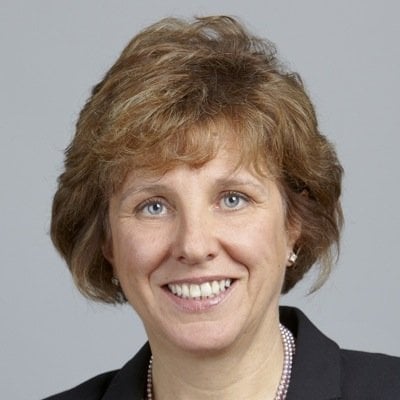While analysts projected that the rise of high-deductible health plans could lead some employers to fully replace their benefits packages with such plans, that trend has yet to take off, according to a new report.
PricewaterhouseCoopers released its 2018 Health and Well-being Touchstone Survey, which polls 900 employers across 37 industries for trends in benefit design and recruitment. The survey found that while HDHPs are common across the country—about 75% of employers offer one—just 18% offer it as the only option.
An additional 23% are considering a full replacement strategy but haven't launched one yet.

This represents a benefits design "holding pattern," the report found. Employers are "kind of pushing the pause button" on such strategies, Barbara Gniewek, PwC's health and wellness practice leader, told FierceHealthcare.
RELATED: Fairview Health Services directly targets employers with new wellness program
HDHPs have gotten some negative press of late, which may be what's giving employers pause, according to the report. This is especially true as employers look to recruit and retain millennial workers, who are known to be vocal about job concerns and are more likely to job-hop. A report from the Centers for Disease Control and Prevention released last summer found that HDHP enrollees were more likely than employees with traditional plans to have trouble paying for medical bills; 15.4% of adults in HDHPs in 2016 had issues paying bills, compared to 9% of those with other types of insurance.
HDHPs remain an attractive option for plenty of employees, however. A recent report from America's Health Insurance Plans found that enrollment in such plans has increased by 400%, with 21.8 million people enrolling in one last year.
Gniewek said that as employers choose vendors and build benefits packages, they tend to focus on having broad networks and strong medical benefits, while younger workers are more interested in diversity, flexibility, and opportunities for mentoring and advancement.
"We saw there was a little bit of a mismatch," she said. "What HR was thinking is important to employees was maybe not as important."
As the workforce changes, employers will have to reconsider their approach to benefit design to suit the needs and wants of the younger generation of workers, according to the report.
RELATED: Maximize plan design, educate consumers to expand the market for high-deductible health plans
The bottom line for companies was the need to find a way to curb costs through plan design. Employers surveyed estimated costs will increase by 6.2% without any benefit changes, and 3.5% if they do adjust their packages. The increases were even steeper for small employers, according to the report, with an 8% increase before plan redesign and a 4.9% increase even after adjustments.
Since HDHPs may not fully replace other plan options any time soon, employers are also looking at other means of cutting healthcare costs while still providing comprehensive coverage. For example, 9% of those surveyed had a direct contract with a provider, and 23% were looking into such an arrangement.